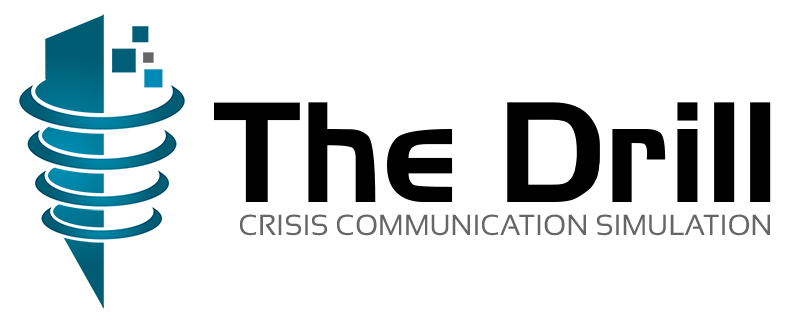Crisis communications needs effective and holistic trans-media monitoring (Part 2)
In a previous article, we explored why holistic cross-media monitoring was essential for effective crisis management practices and crisis planning purposes.
Here, we now consider some of the other key crisis communications solutions that help companies avert crisis management disasters and fails
One of the other key deficiencies we observe in crisis communications management is that, nowadays, finding mentions is no longer enough; you need to be able to read, understand, interpret, extrapolate and report in sync as any crisis unfolds. A really good crisis team command centre should have data analysis built in and instantly usable should a crisis erupt.
The kinds of media and stakeholder data which crisis companies should look to assess as part of their crisis response plan would include:
Demographics: what kind of people are engaging on the crisis issue; what are their interests; what locations, regions (and websites) do they come from etc?
Influentials: who’s driving the crisis narrative; how important are they; who are they connected to; what direction is reporting heading, and where can we educate and inform on crisis management actions?
Sentiment: is the crisis being framed (in keywords, opinions) with negative, neutral or positive words and phrases. What is the attitudinal mindset of audiences engaged/enraged by this crisis event?
Share: where is info being sourced/shared; how much of our content is being curated; are people paying attention to us; where are the volume followers and conversations appearing?
Google Alerts doesn’t yet allow for the automated “sift ’n’ sort” of crisis management data, which many of the new monitoring intelligence systems do, and this renders Alerts a little bit redundant during crises. Remember, crisis management drills or a crisis simulation should be aimed at helping your real-life crisis preparation and crisis readiness!
After all, it’s critical to see what your customers (and other key stakeholders) are saying during a crisis so may be able to discover:
Immediate reactions and concerns of those affected
Local influencers and impromptu muster points
Queries for assistance or resources
On-the-ground message carriers
Social Media and Crisis Management Technologies
Reflecting the increased sophistication of monitoring tools and techs, Shaz Mohapatra, MD of Meltwater Intelligence in Australia, suggests that the ability to track patterns and trends, compare both aggregate and discreet share-of-voice across multiple media, measure message penetration and reach and, also, curate and share real-time “intel” should be at the fingertips of every Communications Manager.
“You need the flexibility to configure your intel or monitoring system in ways that suit your skill-sets and reporting requirements,” Mohapatra readily tells crisis management consultants in Melbourne and Australia.
Over at Mention, their iPhone app and Android app supports email, following, posting, tweeting and sharing on most items of content the system finds which means that the dissemination of issues-intel and crisis solutions is streamlined and simplified.
Online Crisis Management - viable or vulnerable ?
So, having pointed out its deficiencies, should you even bother with Google Alerts at all? If you really want to get crisis communications management right, can you get by with such a free and incomplete tool?
I’m with those who’d recommend still using it but more as backup tool to a more comprehensive media intelligence dashboard; it can augment or corroborate the critical information you’d like to have to support Crisis Communications or an online crisis attack.
If truth be told - like many crisis management experts - I’m still quite fond of Alerts and am a habitual user mostly for personal interest topics. Scuttlebutt still says it’s still experiencing some of the unavailability and incomplete issues it flagged back in 2013. And I do know you cannot comprehensively manage crises with incomplete information (though isn’t that what crisis training exercises frequently teaches us?)
Google Alerts used to pack a powerful - and free - punch. Nowadays, perhaps its unkind to say, relying on Google Alerts for holistic crisis management intel would be unwise. All of us specialising in crisis management best practice know that quality (data) inputs equals quality crisis communication outputs.
In short, make the quality and speed of crisis intel a key part of your next crisis simulation exercise or crisis management drill!
